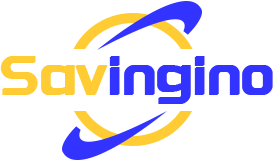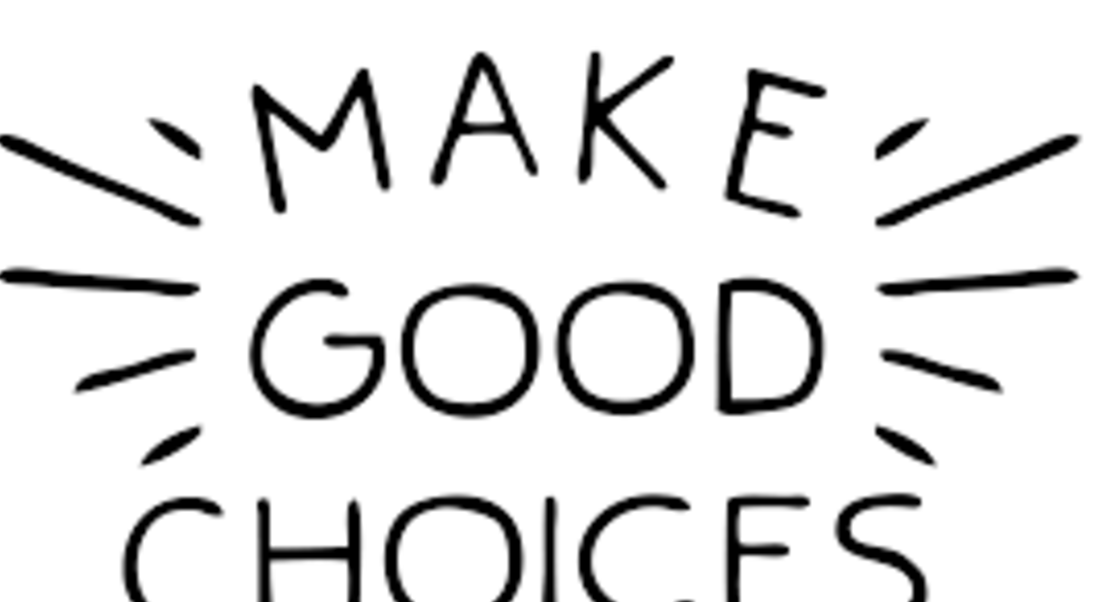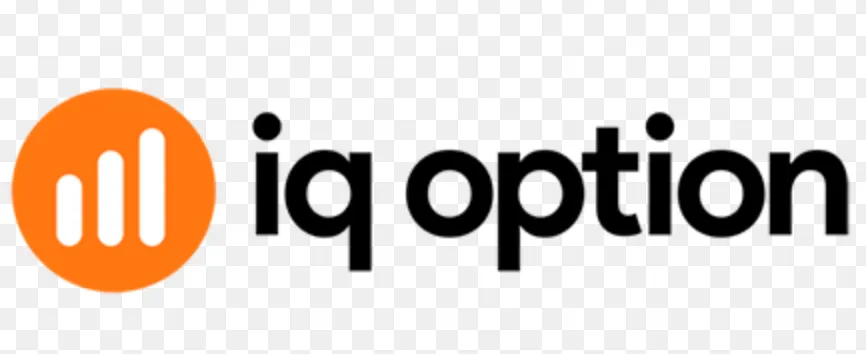Top Invoicing Software Solutions in 2025: Finding the Best Fit for Your Business
Whether you're a freelancer, small business owner, or a growing enterprise, invoicing software is essential for ensuring smooth and professional billing. In 2025, invoicing tools go beyond simple billing—they now offer automation, tax compliance, reporting, and client portals. This guide compares the best invoicing solutions so you can find the ideal match for your needs.
Why You Need Invoicing Software in 2025
- ✅ Automate recurring invoices and payment reminders
- ✅ Track expenses and integrate with accounting tools
- ✅ Improve cash flow and reduce late payments
- ✅ Accept digital payments (credit cards, ACH, PayPal, etc.)
- ✅ Comply with tax regulations in multiple regions
Top Invoicing Software: Comparison Table
| Software |
Best For |
Starting Price |
Key Features |
| FreshBooks |
Freelancers & small businesses |
$17/month |
Recurring invoices, time tracking, mobile app |
| QuickBooks Online |
Comprehensive accounting + invoicing |
$30/month |
Estimates, payments, full bookkeeping suite |
| Zoho Invoice |
Free invoicing solution |
$0 (Free) |
Custom invoices, automation, international billing |
| Wave |
Startups on a budget |
$0 (with paid add-ons) |
Simple invoicing, payments, receipts, basic reports |
| Invoice2go |
Service providers & mobile professionals |
$5.99/month |
Branded invoices, reporting, mobile-first UX |
| Xero |
Businesses needing accounting + invoicing |
$15/month |
Invoicing, inventory, payroll integration |
Best Invoicing Software by Use Case
| Use Case |
Recommended Tool |
Why? |
| Solo freelancers |
FreshBooks or Wave |
User-friendly with all essentials for one-person businesses |
| Startups and new businesses |
Zoho Invoice |
Free, full-featured, scalable as you grow |
| Retail & product-based companies |
Xero |
Great for inventory + invoice management |
| Mobile professionals |
Invoice2go |
Mobile-first invoicing with customization options |
| Accounting-heavy businesses |
QuickBooks Online |
All-in-one solution for invoicing, payroll, and reporting |
Key Features to Look for in 2025
- Automation: Auto-send invoices, late payment reminders, and recurring billing.
- Integrations: Seamless connection with tools like Stripe, PayPal, Shopify, or accounting software.
- Customization: Branding, custom fields, tax rules, and templates.
- Payment Support: Accept online payments easily with low transaction fees.
- Mobile Access: Mobile apps to create and send invoices on-the-go.
Conclusion
Finding the right invoicing software in 2025 depends on your business size, industry, and features you value most—whether it's automation, integrations, or affordability. Fortunately, there are great tools for every budget and workflow. Start by identifying your top needs, then test out a few platforms using free trials or demos.







